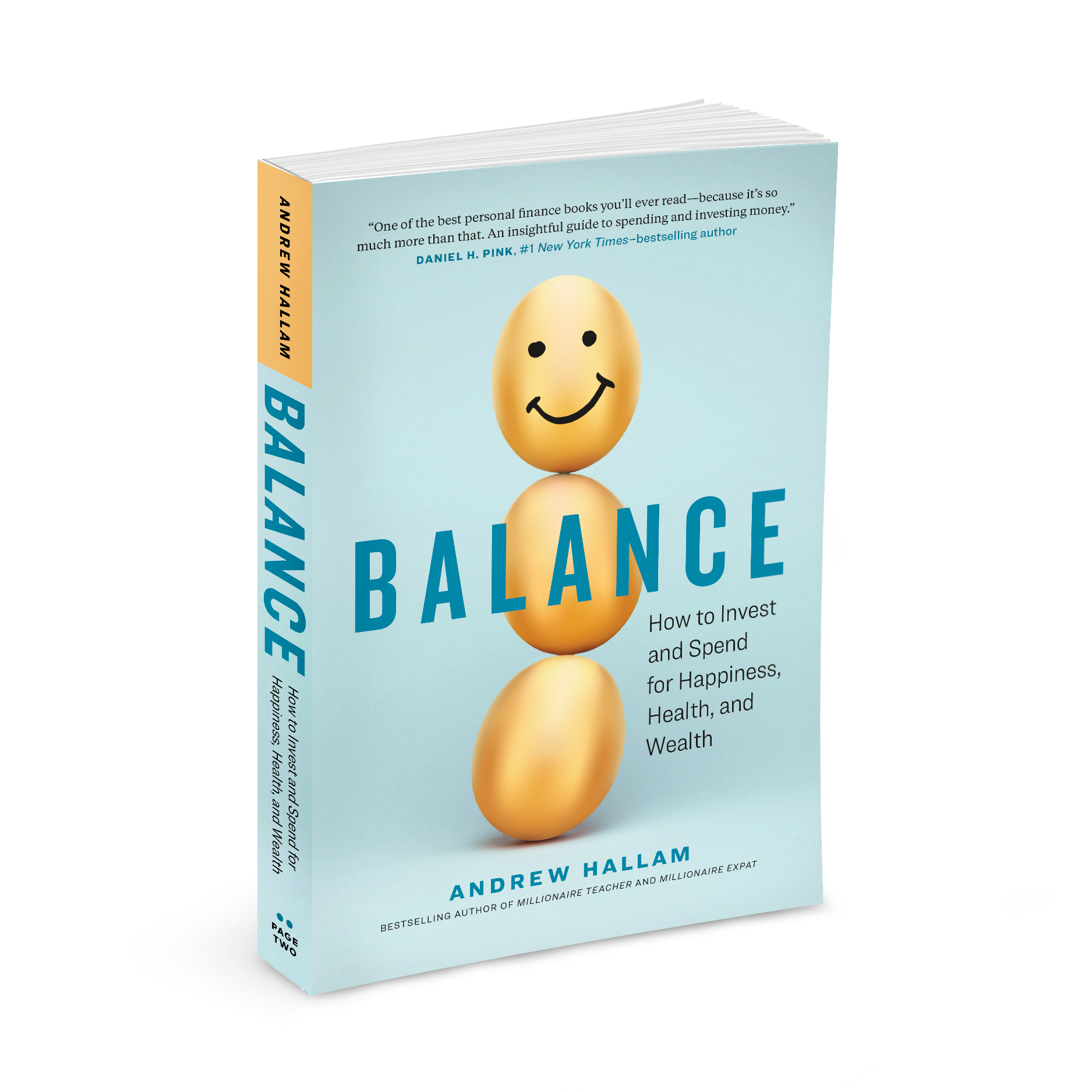I’ve decided to show readers what I’m buying and when, hoping that it helps the average person understand how to think about stock and bond market movements.
In May, 2012, I bought $120,000 worth of my Canadian short term government bond index. I don’t try to forecast the direction of the stock markets, nor do I speculate on the economy. Doing so–and basing investment decisions on forecasts–is silly, not sophisticated.
I added to my Canadian government bonds in May, 2012 because the stock market’s rise was messing with the goal allocation I set for my portfolio: 42% bonds (to match my age) with the remaining money split between U.S. and international stock indexes.
In May, 2012, my bond allocation was far less than 42%. The stock markets had unmercifully risen, giving me a much higher allocation in stocks than my portfolio target. As mentioned, my target is to have my bonds represent my age. I’m 42, so I want roughly 42% in bonds, and I’ll increase that allocation as I age to reduce my account’s volatility as I get closer to the age of retirement.
Bonds are less volatile than stocks, and safer over the short term.
My U.S. stock index from November 2011 to May 2012 rose slightly more than 20% during this 6 month period.
As a result of this rise, I sold some of my U.S. stock index and bought $120,000 of my government bond index.
This rebalancing realigned my portfolio with roughly the following allocations:
- 42% bonds
- 31% U.S. stocks
- 29% International stocks
The following month, I was fortunate enough to see my international stock index fall. In total, since the beginning of April, it dropped 17%.
My account’s dividends don’t get automatically reinvested, and they had been stockpiling for a while (because I was too lazy to reinvest them).
In June, 2012, I coupled those dividend proceeds with my monthly salary savings to buy $29,000 worth of my international stock market index.
During much of 2011 and early 2012, I had been adding plenty of money to the international index, encouraged by the European debt crises’ effect on the markets. The international markets were dropping, and I was rubbing my hands and greedily buying. Of course, all I was doing was trying to ensure that my portfolio was aligned as follows:
- 42% Bond index
- 29% U.S. stock index
- 29% International stock index
Since my last purchase of the international stock index (June, 2012) the index has, unfortunately, risen 13%. With some luck, it will drop again—hopefully, a lot.
Here’s what my portfolio looked like on September 1, 2012
- 41.3% Canadian bond index
- 30.4% International stock index
- 28.3% U.S. stock index
To bring my portfolio back to alignment (or at least closer to my goal allocation) I placed an order to purchase $20,000 of my Canadian bond index yesterday. I didn’t sell anything to come up with the proceeds. They came from my writing, book sales and my teaching salary.
What I’m trying to show is this:
You can build a responsible portfolio on your own, with low cost indexes. But if you start to concern yourself with market forecasts, you’ll likely be buying when you should be selling and selling when you should be buying.
Do I know where stocks and bonds will go over the next year? No, and nobody else does either.
Stay dispassionate, invest in low cost index funds, and you’ll beat the vast majority of investment professionals.
You’ll even put most hedge fund managers to shame.





